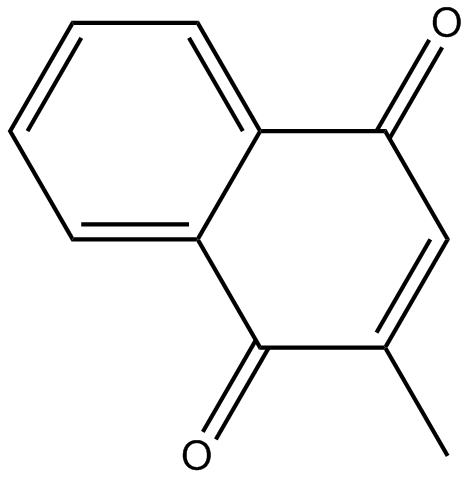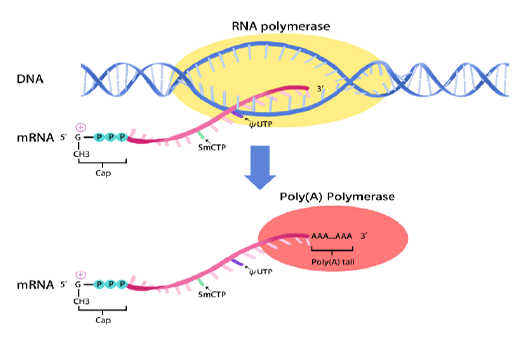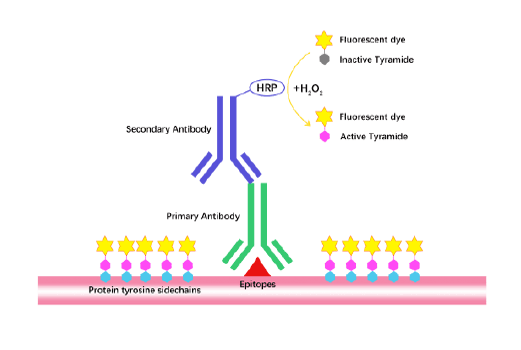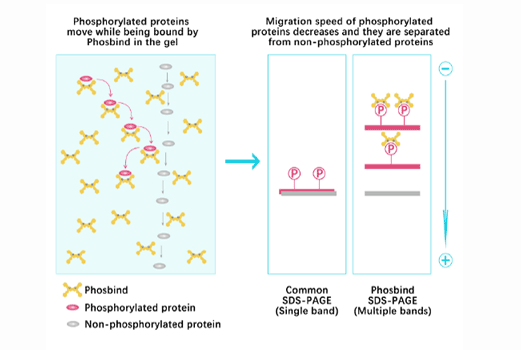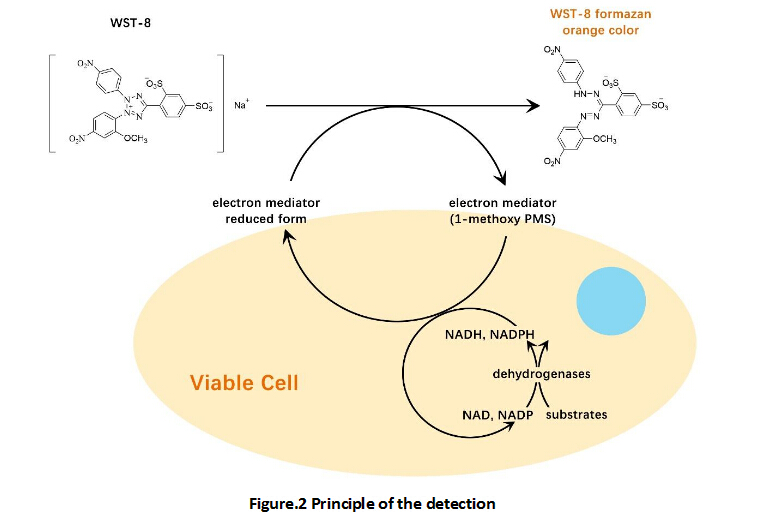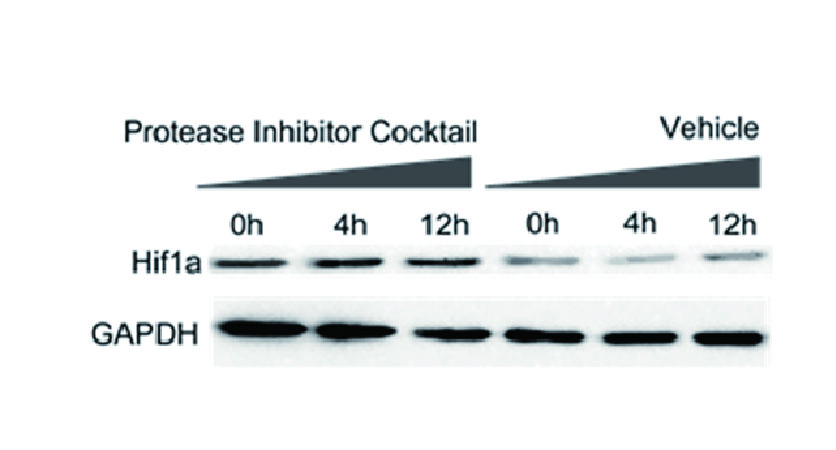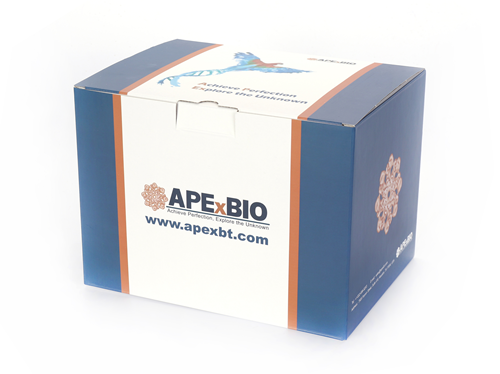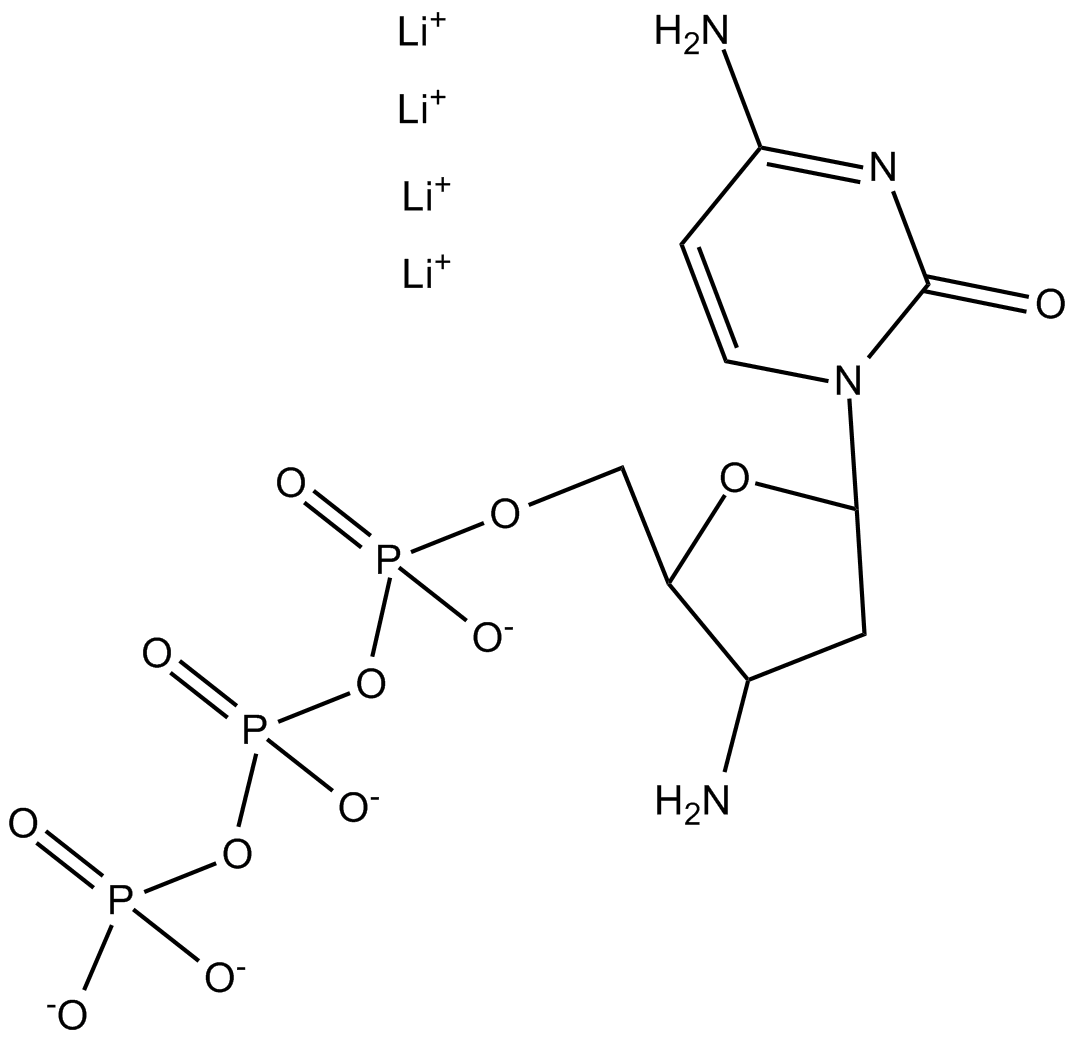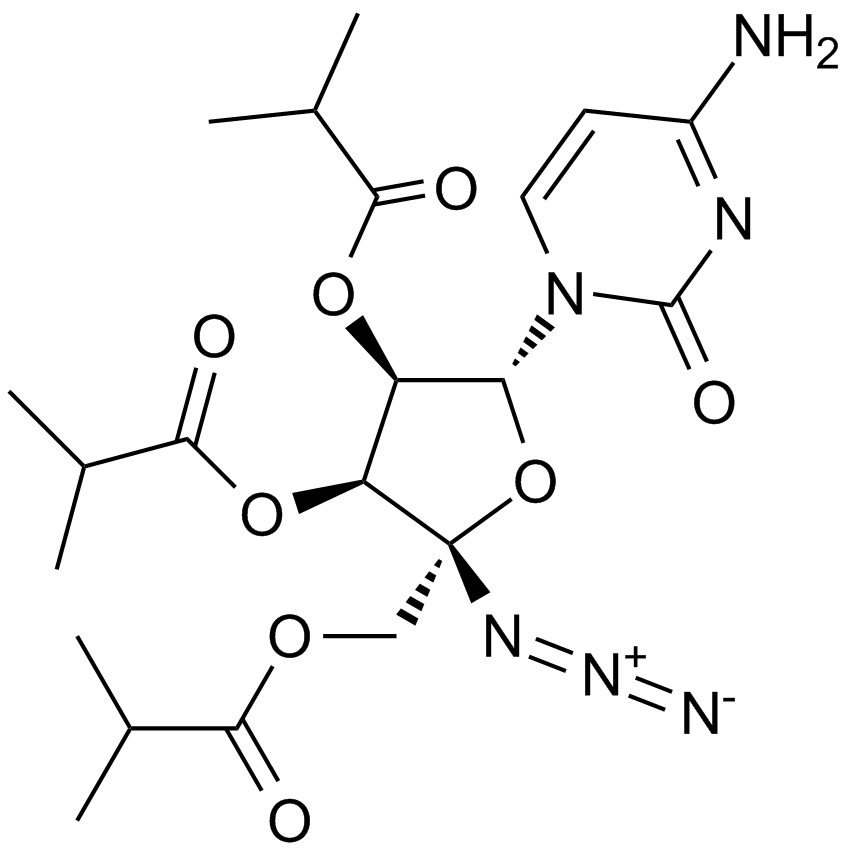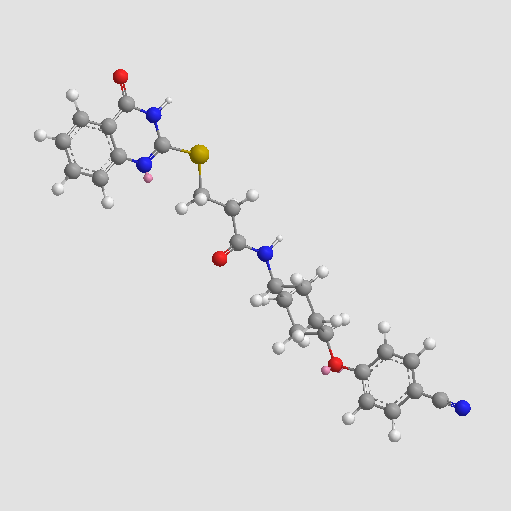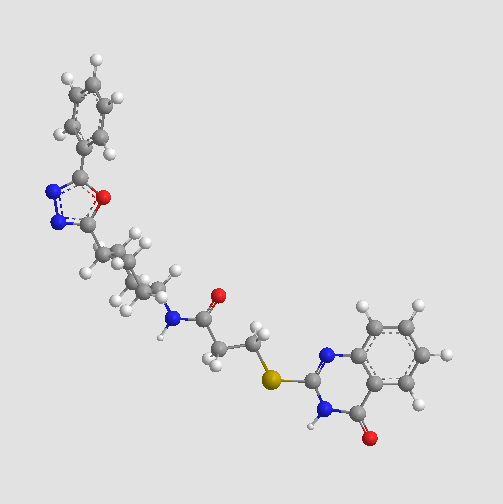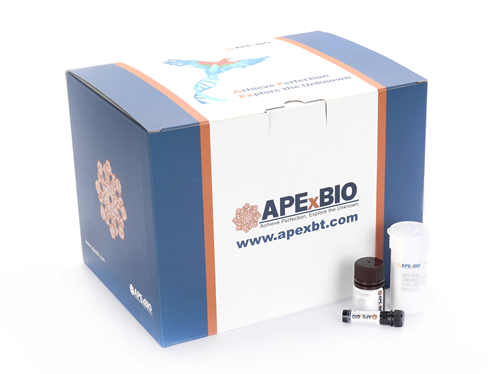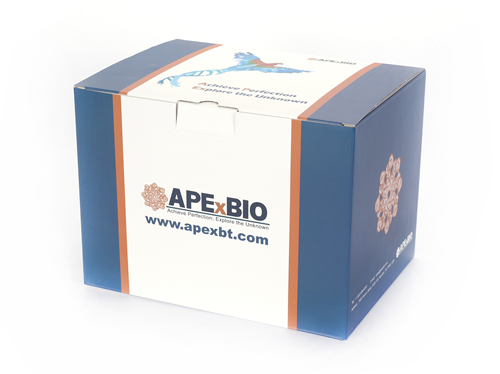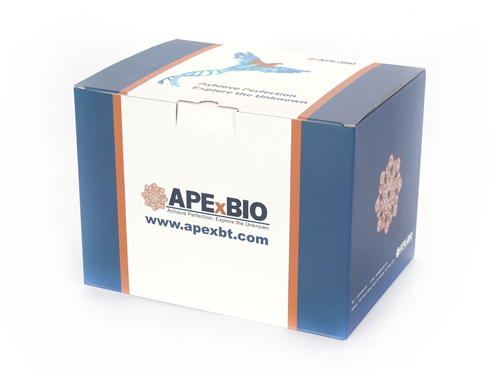Menadione
Menadione (CAS 58-27-5), also known as vitamin K₃, is a mitochondria-targeting small molecule inhibitor of DNA polymerase γ (pol γ), a key enzyme involved in mitochondrial DNA replication and repair processes. Menadione inhibits pol γ with an IC₅₀ of approximately 6 µM. In HCT116 cancer cell lines, menadione (30 µM) significantly reduces mitochondrial DNA synthesis and repair, elevates reactive oxygen species (ROS), and induces apoptosis, while at lower levels (~3 µM), it suppresses proliferation independent of marked ROS increase. Menadione is employed broadly in research into mitochondrial dysfunction, tumor biology, and oxidative stress.
References:
[1]. Mizushina Y, Yonezawa Y, Yoshida H. Selective inhibition of animal DNA polymerases by fat-soluble vitamins A, D, E and K and their related compounds. Current Enzyme Inhibition, 2007, 3(1): -.
[2]. Sasaki R, Suzuki Y, Yonezawa Y, et al. DNA polymerase gamma inhibition by vitamin K3 induces mitochondria-mediated cytotoxicity in human cancer cells. Cancer Science, 2008, 99(5): 1040-1048.
[3]. Bhuyan D K, Huang X, Kuriakose G, et al. Menadione-induced oxidative stress accelerates onset of Emory mouse cataract in vivo. Current eye research, 1997.
| Physical Appearance | A solid |
| Storage | Store at -20°C |
| M.Wt | 172.18 |
| Cas No. | 58-27-5 |
| Formula | C11H8O2 |
| Solubility | insoluble in H2O; ≥5.15 mg/mL in DMSO; ≥9.86 mg/mL in EtOH with ultrasonic |
| Chemical Name | 2-methylnaphthalene-1,4-dione |
| SDF | Download SDF |
| Canonical SMILES | CC(C(c1c2cccc1)=O)=CC2=O |
| Shipping Condition | Small Molecules with Blue Ice, Modified Nucleotides with Dry Ice. |
| General tips | We do not recommend long-term storage for the solution, please use it up soon. |
| Cell experiment:[1] | |
|
Cell lines |
HCT116 p53+/+ and p53–/– cells |
|
Reaction Conditions |
3 or 30 μM menadione for 24 h incubation |
|
Applications |
Menadione at 30 μM inhibited DNA polymerase γ by more than 80%, caused impairment of mitochondrial DNA replication and repair, and induced a significant increase in reactive oxygen species (ROS), leading to apoptosis. At a lower concentration (3 μM), menadione did not cause a significant increase in ROS, but was able to effectively inhibit cell proliferation, which could be reversed by supplementing glycolytic substrates. |
| Animal experiment:[2] | |
|
Animal models |
Four-week-old Emory mice |
|
Dosage form |
0.04%, 0.12% and 0.4% (w/w) menadione mixed with freshly ground Purina Rodent Lab Chow 5001 By oral route for 10 to 12 weeks |
|
Applications |
In Emory mice, menadione at a low non-toxic dose (0.12%, w/w), used as a dietary supplement for 10 to 12 weeks, caused early signs of cataract, such as prominent anterior suture, in 68% of the Emory mice. |
|
Note |
The technical data provided above is for reference only. |
|
References: 1. Sasaki R, Suzuki Y, Yonezawa Y, et al. DNA polymerase gamma inhibition by vitamin K3 induces mitochondria-mediated cytotoxicity in human cancer cells. Cancer Science, 2008, 99(5): 1040-1048. 2. Bhuyan DK, Huang X, Kuriakose G, et al. Menadione-induced oxidative stress accelerates onset of Emory mouse cataract in vivo. Current eye research, 1997, 16(6): 519-526. |
|
Quality Control & MSDS
- View current batch:
Chemical structure
